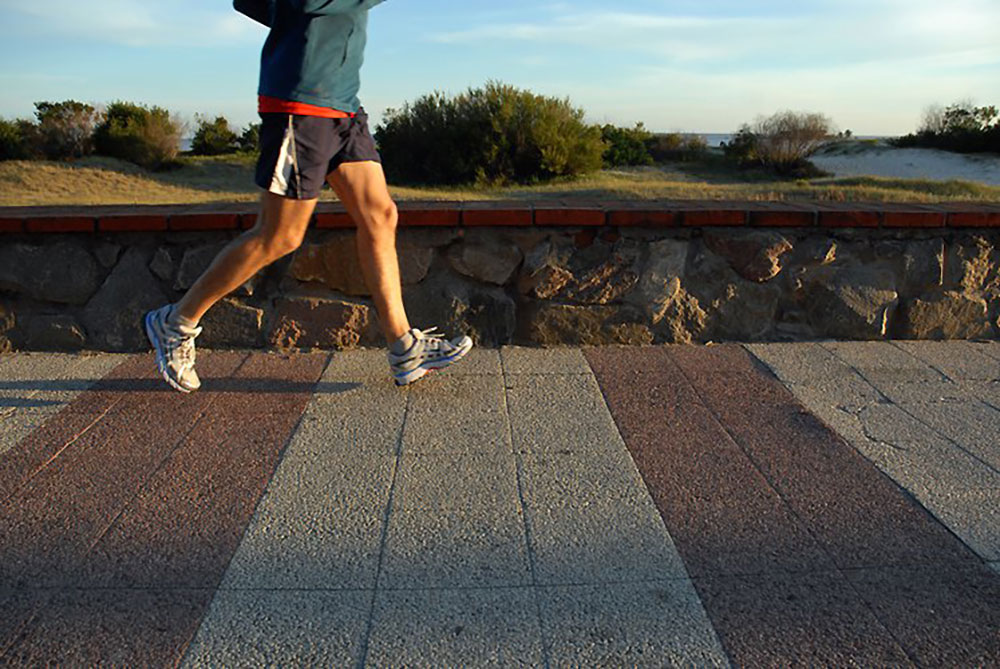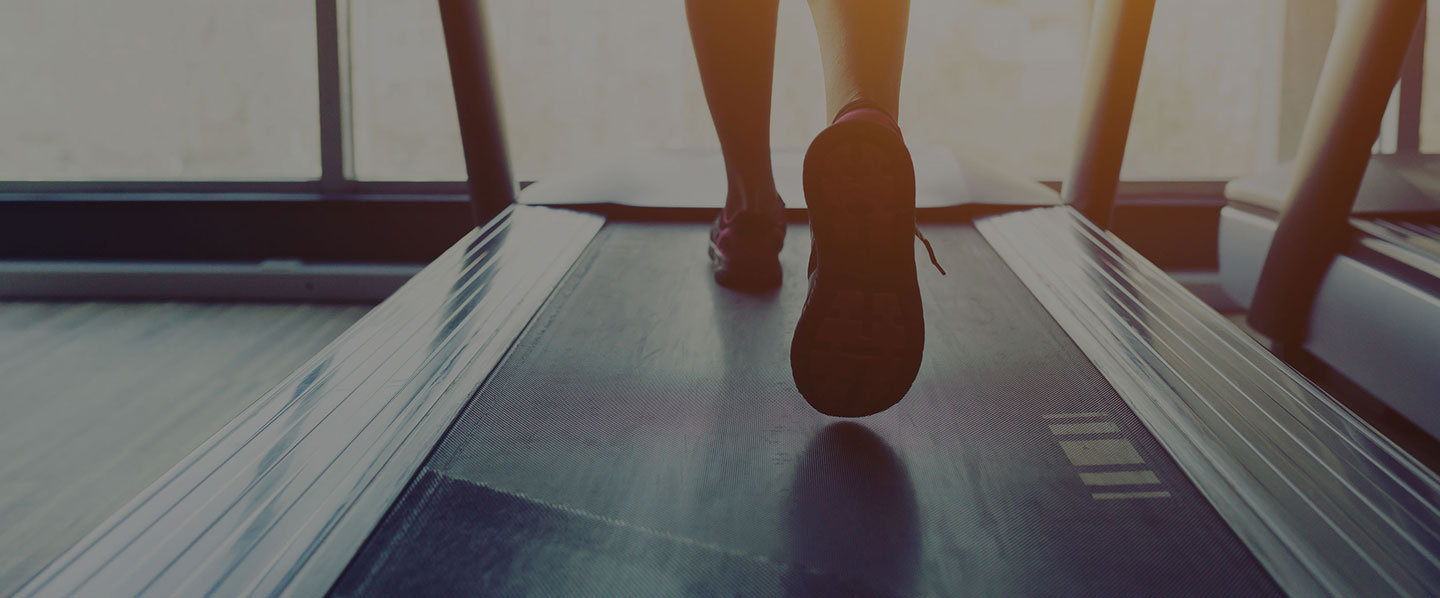
Breaking Down Barriers: why it’s imperative that we encourage people on the autism spectrum to participate in fitness and sporting activities
By Amy Webster, Personal Trainer, Arcadium HQ
It is widely recognised that taking part in physical activity not only helps to keeps us fit and well, it can increase self-esteem, develop social skills and improve mental health and general well-being.
However, research shows that autistic people are less likely to participate in sport or physical activity than others due to factors related to the condition, including heightened fear and anxiety in social situations, difficulty understanding body language and metaphor and sensory challenges.
If someone on the autism spectrum responds negatively to a sporting activity, this is sometimes perceived as a behavioural issue when that is not necessarily the case. It may be a reaction to coping with a sensory sensitivity, or a coach who is not communicating in a way they understand, or something else that takes them out of their comfort zone.
For example, they might refuse to enter the gym because the volume of music is more than they can cope with, or they might appear uncooperative because they are unable to tolerate a hands-on approach to coaching.
I’ve come across people refusing to wear team bibs with tiny holes in them because they say it feels like a cheese grater on their skin.
There are some general strategies that can be implemented to help autistic people feel included in physical activity. However, it is important to remember that autism affects different people in different ways and to varying degrees so these strategies should be taken as a general guide only.
Communication
- Autistic people often find it difficult to follow group instructions, so it may help to give them instructions individually. Say their name first to catch their attention and let them know that you are speaking to them.
- Communicate safety rules clearly and in a way that the participant understands before the start of an activity. Make copies of the instructions and keep them on display.
- Break up directions into small chunks and, wherever possible, support these with pictures, gestures or written cues. Visual timetables can be useful to show the order of events.
- Be aware that figurative language, idioms and metaphors may be confusing to someone on the autism spectrum, so try to always state exactly what you mean.
- When asking questions, speak slowly and clearly and give the person plenty of time to process what you are saying before expecting a response.
Adaptations
- Audit the environment and your practice to ensure that it will not present too many difficulties for people with sensory sensitivities.
- Be aware that some clients may have difficulties with balance and coordination, which will make some activities difficult for them. Help them by breaking the activity down into smaller steps and allowing time to practice.
Anticipating change
- If you plan to move on to a new activity, take steps to alleviate the anxiety that may be experienced when confronted with change. This might involve showing the client around an unfamiliar venue or talking them through the new routine, backed up with visuals if appropriate.
My experience as the coordinator of the National Autistic Society’s (NAS) Active for Autism project means I come from a background of working to ensure that children, young people and adults on the autism spectrum can be fully included in sport and physical activity at school and in the community and I bring that passion for increasing autism understanding and inclusion to my work with Arcadium HQ.
As well as my work within the gym with my current client base, I also like to keep my hand in with outside organisations working towards disability awareness and inclusion. I currently work with Sporting Wheelies and the Disabled Association, delivering on their ‘Inclusive Sport and Physical Activity’ workshops.
If you, or someone you know, would like to participate in physical activity, please contact me at amy@arcadiumhq.com.au to discuss how I can help.


